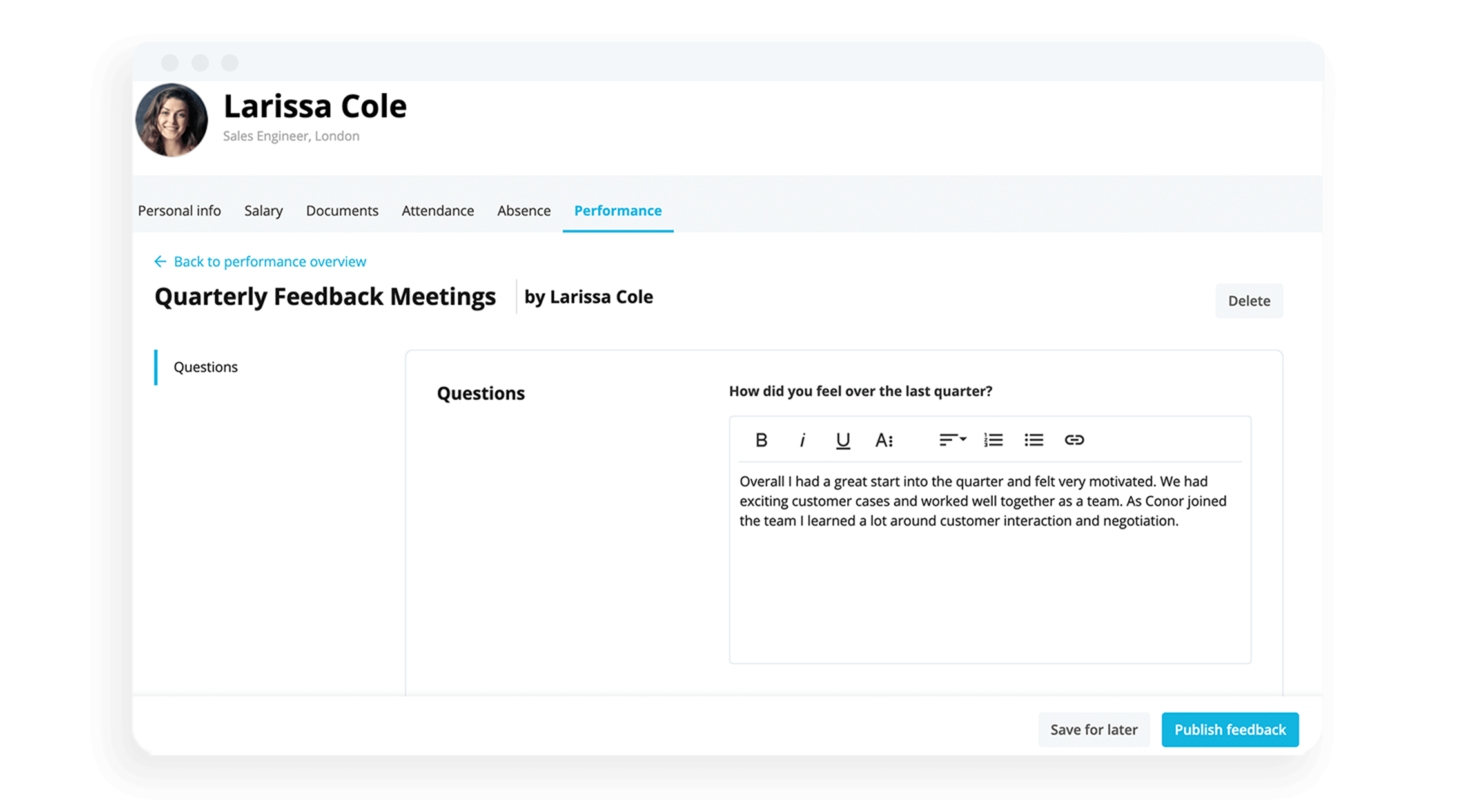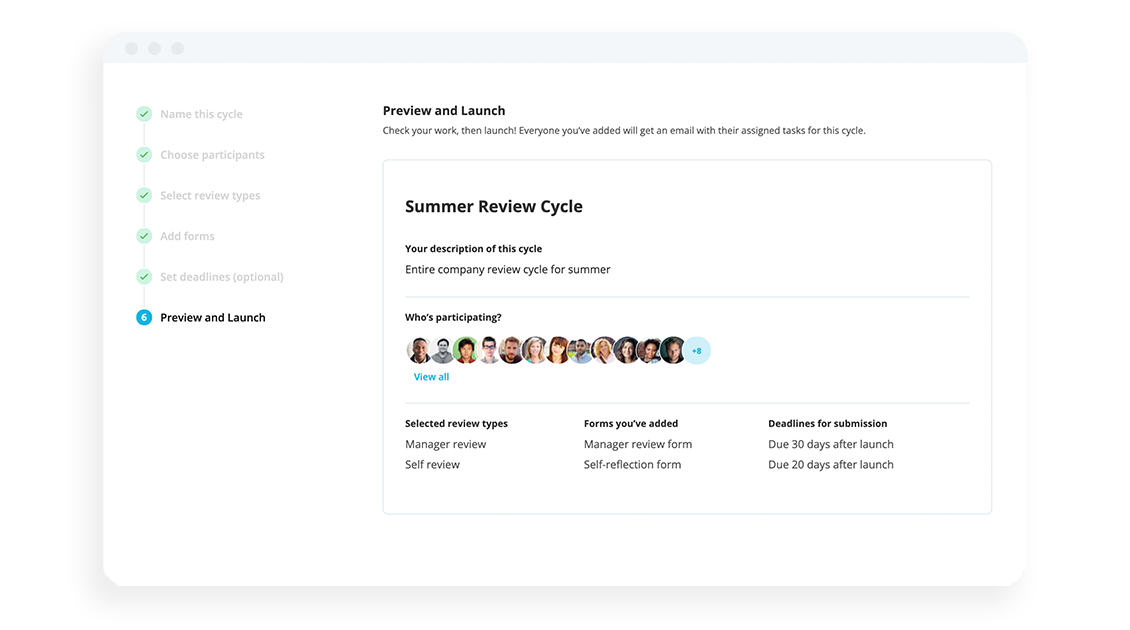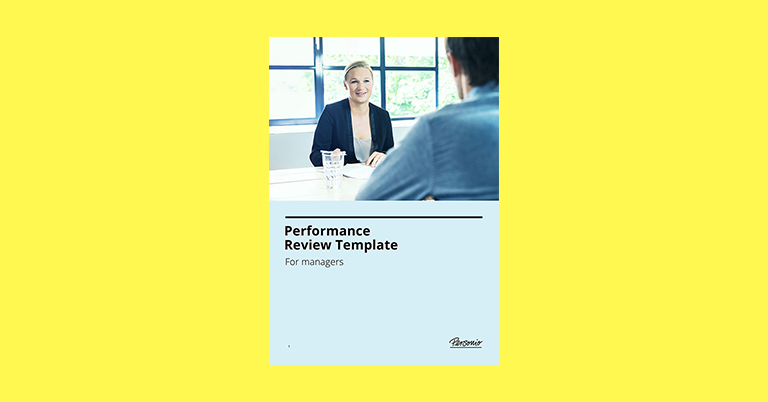Putting together a professional development plan can completely change the way you nurture and retain your top talent. After all, goals only become reality when there’s a plan behind them.
That’s true of most achievements in life. With careers, it’s definitely the case. Think of it as a roadmap that contains the milestones employees need to hit in order to arrive at their destination. Follow this guide to help teams build actionable plans today.
Contents
What Is A Professional Development Plan?
Who “Owns” A Professional Development Plan?
5 Steps to Building A Professional Development Plan
Building Professional Development Plans Today
What Is A Professional Development Plan?
A professional development plan is a list of meaningful steps employees can take to reach their career goals. These are not limited to high-level aspirations, like joining the executive suite, but a detailed timeline of initiatives one can take to make it to that point. It is a broader goal, aligned with the smaller steps that get you there.
In this context, a timeline usually includes some combination of the following:
- Education or training
- Work experience
- Promotions
- Professional relationship building
A career development plan is a personal roadmap for employees This plan may also align with one created during a company’s performance management cycle process.
That type of planning aligns performance goals with those of the business, yet it is tied only to an employee’s work within the organization.
A professional development plan, on the other hand, must not be confined simply to day-to-day work. It all depends on where employees see themselves in the future.
Who “Owns” A Professional Development Plan?
The short answer is employees do.
Most of the work to build and keep tabs on a professional development plan is on the shoulders of employees. But that does not mean that they should go it alone.
In fact, many employees will likely feel empowered to call upon their organization to support them in the process. It is HR’s duty to respond in kind.
A successful company promotes employee growth. It should be an integral part of the culture. After all, it’s far better for companies to build careers and retain talent rather than do nothing and watch their attrition rate rise (read more on attrition rates here).
In fact, lack of professional growth opportunities is one of the leading causes of attrition. At least one study shows that over a third of employees leave a company for this reason.
With that in mind, companies should anticipate supporting employees with resources such as:
- A clear job description that is updated as needed.
- Regular management feedback.
- A peer feedback process.
- Funding for job-relevant training and education.
- Opportunities to learn new skills.
Feedback Alongside Performance Development With Personio
Personio offers a single place for employees to complete self-evaluations, managers to complete feedback forms, and to tie employee performance to goals in an automated fashion. Click the button below to see things in action.
5 Steps to Building A Professional Development Plan
Some experts advise developing a professional development plan by jotting down career goals.
For many, however, that’s a difficult task. Goals assume you know exactly where you are now and have a clear handle on your strengths, weaknesses, and interests in order to focus on what’s next.
What if an employee needs help? Here is the place to start:
1. Understand What They Really Want
This step can actually be broken down into several…
Self-Assessment Tools
Start by suggesting a self-assessment test. This is useful if an employee is at a crossroads in their career, or if they just want to check in with themselves to validate their gut feelings about their current career path.
There are plenty of online assessment tools that measure interests and skills and inform ideal working styles and environments for employees. These include:
Set aside some time to do at least one or two tests, and see what insights you can collect from an employee.
Analyze Current Performance
Take a close look at what an employee does now and how well they do it to yield insights about strengths and interests that they might not have noticed before.
This is best done by an employee scheduling a meeting with their manager (ideally, these should be happening regularly anyway) to see how they are progressing in the role.
Together, they should look at the metrics used to evaluate success in their job and see where they stand:
- How have they met or exceeded expectations?
- How much value did they bring to the organization during this period?
You can quickly see where an employee is pulling ahead and where they might need to focus more effort to improve. It can also lead to a discussion on what they need to achieve in order to get to the next level.
Discover What Employees Enjoy Most
Along with evaluating their performance level in their current job, use that same opportunity to tease out which tasks they like most (and least).
Start by having them look at their job description, and jot down all the projects they have worked on recently, including all their tasks. Look at their success metrics on these projects, too.
Then, mark those tasks they have enjoyed the most and those they found tedious or not valuable. This is another way to shed light on the direction goals should be moving in.
There are always tasks that an employee will like more or less than others, but by doing this exercise you will hopefully spot patterns or at least bright spots that get you excited.
For instance, did they like doing analytical reporting during this period but didn’t like organizing meetings? Then one of the goals in a professional development plan might be to take on more reporting projects.
Identify Top Skills
Take a look at the tasks an employee rated highly and make a list of the skills they used to complete them.
This will help identify future projects where an employee can put those skills to use, or even areas for training in order to take those skills to the next level.
2. Listing Career Goals
Now that you know more about what you’re good at and what you would like to pursue professionally, it’s time to formulate goals.
Long-Term Goals
Looking far out — let’s say five to 10 years — think about what an employee would like to achieve in the company or beyond it.
This long-term view takes into consideration:
- The position they would like to reach (through lateral moves or promotions)
- Expertise or mastery they need to have attained by this point
- Other milestones that are important (for example, reaching a certain income level or being able to mentor high-potentials)
Short-Term Goals
Long-term goals require systematic work, over time, to reach them. Those actions become short-term goals — in other words, things that contribute to achieving the long-range goal, like:
- Acquiring skills or education.
- Building work experience to reach the next level.
- Working with and learning from certain leaders.
For example, if an employee is an HR project manager now and their goal is to be an HR team lead within 5 years, a short-term goal may be to work toward a senior HR project manager position.
Host A Better Performance Review Today
Interested in getting the most out of your next performance review? Use these templates to help ensure your processes, and your talent development, are firing on all cylinders.
3. Identify Fillable Gaps
In this step, list the qualifications an employee needs to have in order to achieve each of their short-term goals. Then, help them determine where they fall short.
These are the “gaps” they need to fill.
The easiest way to do this is to look at the position description for a role they want to reach and compare the requirements to their current one.
Using the example of the senior HR project manager above, one might see that it requires experience in developing top-level strategy and delivering presentations to the business leadership team. Now an employee has at least two areas where they need to develop skills to qualify for the job.
Doing a gap analysis also serves as a reality check. Let’s say an employee’s short-term goal is to achieve a certain position within two years, but the qualifications needed are beyond what can be managed in this time frame.
Or, that the qualifications don’t fit well to the strengths identified in the first step. Both of these are signs that maybe this goal needs an adjustment.
4. Build A Proper Professional Development Plan
This is where it all comes together. An employee now knows their interests, goals, and what stands between them and these goals.
Together, you need to map out the various actions an employee can take to realize each of these goals in the allotted timeframe. These could include:
- Adding responsibilities to a current role.
- Completing formal education.
- Taking training courses inside or outside of the organization.
- Doing side projects to build skills.
- Developing informal and formal mentoring relationships.
- Getting coaching from a co-worker or team leader.
- Redesigning a current role to focus more on strengths.
Two things are important here. The first is attaching a timeline to each of the activities in a plan, for example: “Complete project management certification by end of the year.” You can help do this by planning backwards from the time to achieve the goal.
The second is nailing down resources. As an HR professional, figure out how you can help facilitate the development of your employee. Can your team shift the workload around so that they can engage in more of the projects to help develop their skills?
The ability to get support will have an impact on how an employee’s plan rolls out, and whether it is successful, so it is imperative for HR to be involved from the beginning.
5. Help Monitor Progress
As with any plan, you will need to stay on top of it in order to see it to fruition. Revisit it with employees often, especially if you need to involve others in the company for support.
A good idea is to encourage employees to check in with their plans on a monthly basis. This affords the time to make changes, as needed, to help them fulfil their goals.
Monitoring Progress With Automated Performance Cycles
Within Personio, your HR team can build automated performance cycles that run on their own. Best of all, they can be customized to match your company’s culture, values, and standards. Take a test drive by starting your free trial today.
Building Professional Development Plans Today
It might seem obvious to HR that employees need a professional development plan to reach their career goals.
Yet, many people don’t invest time in creating an actionable plan, or they create one and neglect to monitor its progress. That’s understandable.
This process takes time. It’s an exercise in thought and digging deep down to discover what you really want. But, the payoff is huge, both for the employee and the company.
Make Performance
A Real Priority








